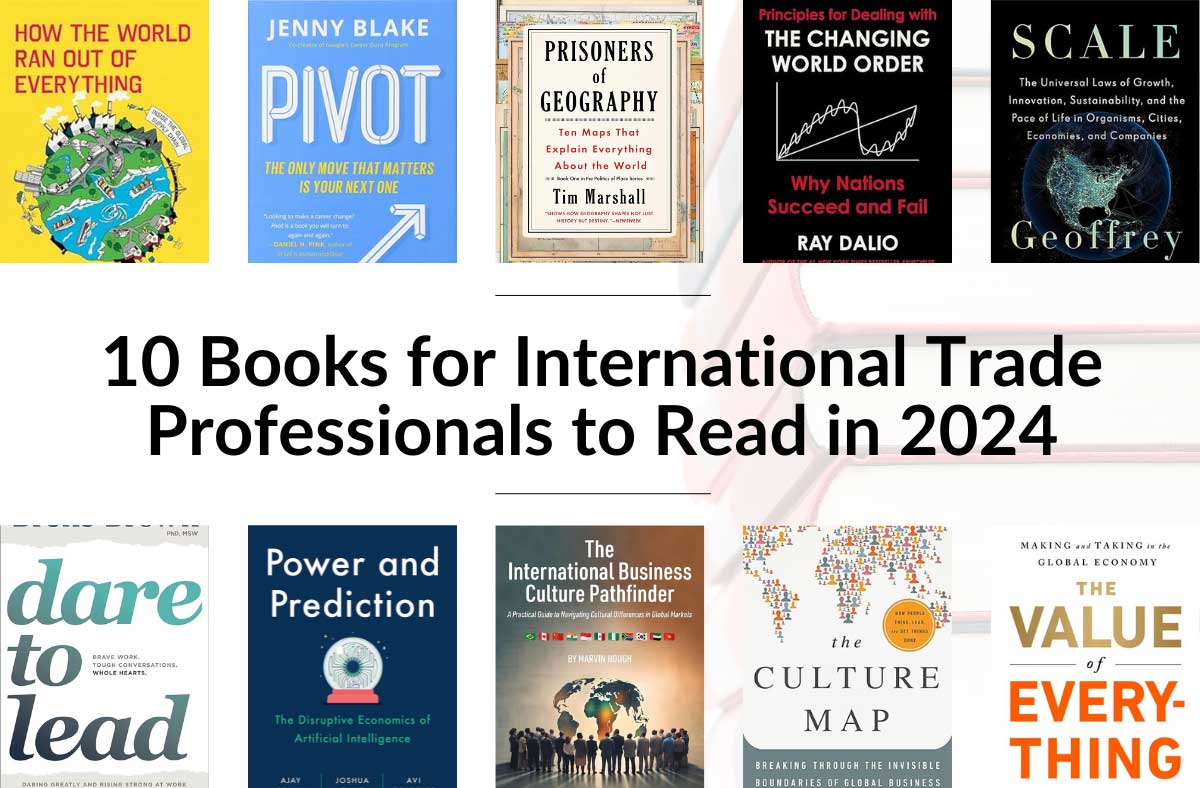
If an organization is a service provider, it has different market entry considerations and challenges than organizations selling goods overseas.
Services, unlike goods, are intangible. They can’t be transported, stored, seen, or touched. This makes it difficult for customers to assess whether a potential service would be helpful to them.
Services are also much more tied to location than goods are. Goods are usually used or consumed in a location separate from where it was produced. Services, on the other hand, are often received by the customer at the production location.
Providing a service relies on human interaction much more than the selling of goods, which makes it susceptible to issues such as cultural differences and language barriers.
These characteristics affect the market entry methods service organizations can use. The following six simple practices, featured in the FITTskills 7th Edition International Market Entry Strategies textbook, can be used to effectively introduce your service into a new market.
1) Selling Consultancy Services
This is a popular market entry method for service organizations and is akin to direct exporting. It involves a service organization providing a service to a customer in a foreign market. Depending on the type of service business involved, employees can temporarily work in the foreign country or remain in their own country and deliver the services through standard communication channels. The Internet has enabled massive growth in international consultancy service provision.
Consultancy is commonly used by organizations such as business and tax advisors, website designers, architects, engineers, and accountants. Organizations selling consultancy services obtain similar benefits to those of direct exporting, which include being able to withdraw from a market relatively cheaply and easily. Additionally, they can obtain in-depth information about trade in a target market, which would enable them to make future decisions about whether in invest facilities in the market.
However, there are some disadvantages, especially for smaller or new service providers that have not previously worked in a foreign market. These disadvantages include a significant investment in market research and marketing plans, payments for services delivered overseas being problematic to obtain, and customers tend to choose domestic service providers.
Service providers must check the regulations for business operation in the target country. If the target market has different regulations, legal systems, cultures or ways of conducting business, and the organization is inexperienced in international service provision, the selling consultancy services method will likely be a difficult way to enter that market.
2) Licensing Services
A service organization can sell a licence to other service providers in a target market.
This market entry method operates in the same way as the licensing of products. It is a common method for such organizations as Internet service providers, IT application service providers, and IT infrastructure service providers.
3) Franchising Services
As with licensing, service franchising operates in the same manner as product franchising and has the same benefits and disadvantages. It is a popular means for providers of such services as tax preparation, interior design, courier, and computer maintenance to expand internationally.
4) Joint Ventures for Service Providers
Joint ventures are a key form of market entry for service organizations. Especially for countries in which foreign service provision is prohibited or in which government legislation dictates that a certain percentage of service organizations must be locally owned.
5) Hiring a Sales Representative
Just as organizations with products to sell can engage an agent to find customers and negotiate deals, service providers can hire representatives to work in a target market.
These representatives can identify local opportunities and market the service provider in the foreign market.
However, when a deal is identified, representatives of the service organization must conduct the final sales negotiations.
Service representatives are useful when an organization is uncertain about how to market its service in a foreign country, or when there are barriers caused by cultural or language differences. However, because their role is more limited than that of agents or distributors for organizations selling products overseas, they are not very frequently used as a means of entering a new market.
6) Mutual Recognition Agreements
Mutual recognition agreements or arrangements (MRAs) involve a mutual recognition of professional qualifications or designations, such as in professional services including accounting and consultancy.
MRAs can also exist at the level of industry sectors, such as telecommunications, or at the level of governments and regional entities.
Arrangements may be bilateral, such as the one between Canada and Australia on medicines’ manufacture and inspection, or multilateral in nature, with several countries or jurisdictions agreeing simultaneously to mutual recognition.
MRAs are applicable in a wide range of areas and sectors, but are especially important in the services sector, where professional qualifications and designations create a compelling value proposition in international markets.
Bringing a new service to a foreign market can be a difficult process. Improper market entry can mean your business will lose out on a new, potential-filled market. However, these simple practices can help get your services into international markets with ease.







disqus comments